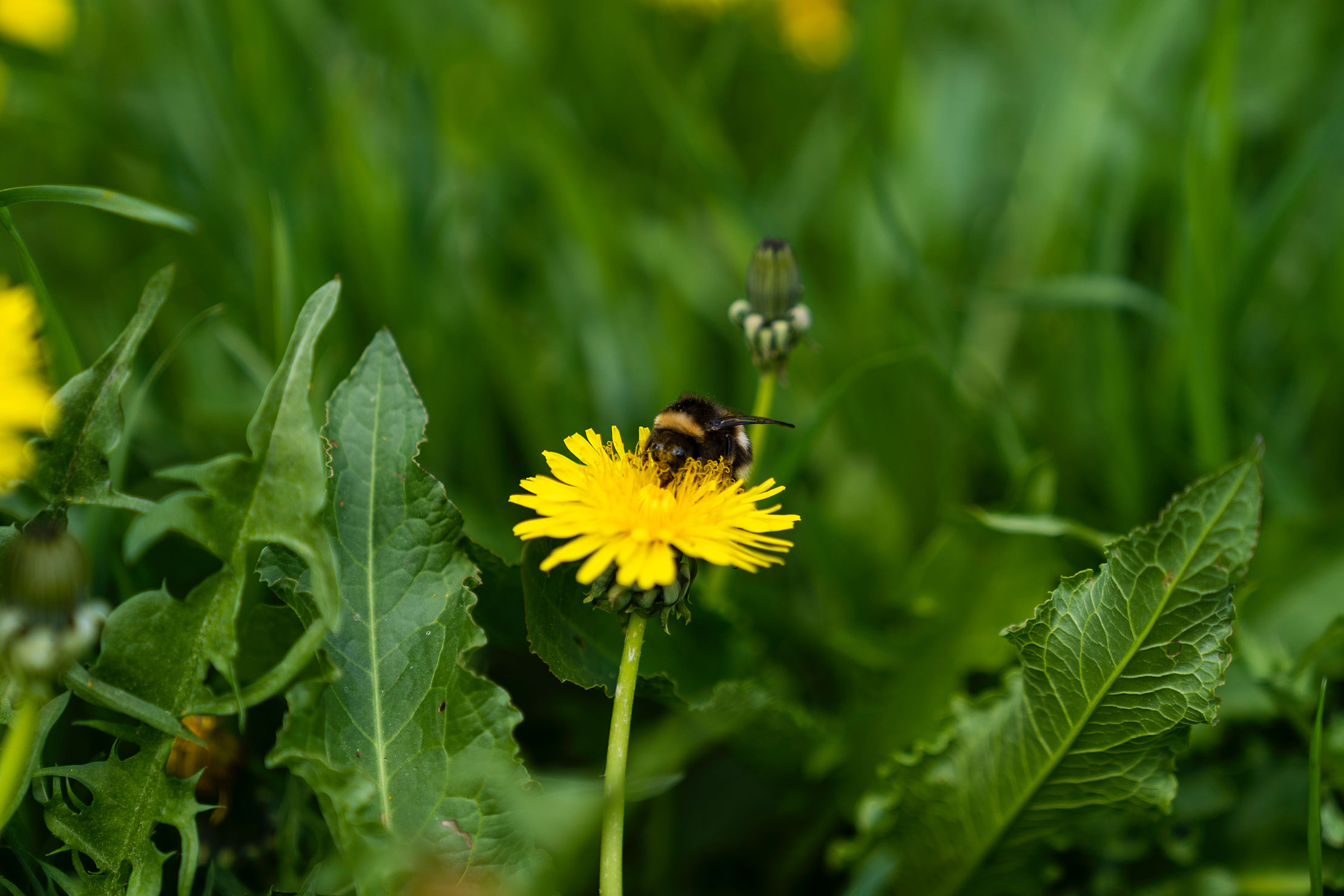Autumn Olive Abounds

Wild food forager Paul Tappenden gives some tips for foraging autumn olive, and provides some photos for preparation inspiration…
Autumn Olive (Elaeagnus umbellata) is an “invasive” plant that originates from the far east. In the US they are escapees that have made themselves at home in the Northeast and other parts of the country. The berries (not actually olives) usually grow in large clusters along the branches of bushes. If you stop and study them, you’ll see that they are covered with silvery spots and that the dark green leaves are pearlescent underneath, making the foliage appear to shimmer. They are somewhat tart, but are highly nutritious.

 Autumn Olives are rich in antioxidants, and one of the highest natural sources of lycopene (many times greater than tomatoes).
Autumn Olives are rich in antioxidants, and one of the highest natural sources of lycopene (many times greater than tomatoes).
Lycopene is recognized for its anti-cancer properties and its effectiveness in the treatment of cardiovascular disease and diabetes. The seeds are high in vitamin E and Omega 3 fatty acid, so these berries are a powerhouse of goodness.
Their season has just begun in the Northeast, and depending on the location of the bushes, may well last into November. However, the majority of berries can be harvested between mid-September and mid-October.
The biggest mistake that foragers make with Autumn Olives, is to gather them too early. The problem is that the berries turn red long before they develop their sugars. The result is a very tart harvest, that can only be used to make sauces. Once they have fully ripened, they have a sweet/tart flavor, and make good eating.
 When gathering them, it is well to note that the ripeness of the berries varies from bush to bush and often from branch to branch, so the wise forager will leave the less ripe fruit and return to harvest it at a later time.
When gathering them, it is well to note that the ripeness of the berries varies from bush to bush and often from branch to branch, so the wise forager will leave the less ripe fruit and return to harvest it at a later time.
They can be left to sit at room temperature for a couple of weeks without spoiling. In fact, during that time the unripe berries will usually
ripen. They will last longer when kept refrigerated and can be frozen as is. In fact, freezing then often sweetens them up somewhat. Also, frozen berries can be used throughout the year.
Important safety note: there are many types of red berries ripening this time of year, some of them poisonous. If you have any questions in identifying autumn olive, please get in touch with us.




